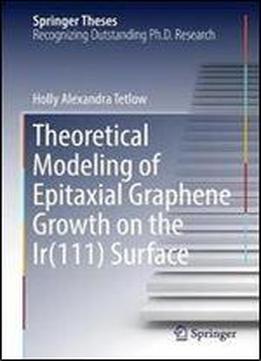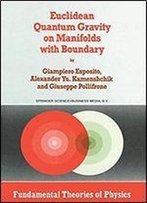
Theoretical Modeling Of Epitaxial Graphene Growth On The Ir(111) Surface
by Holly Alexandra Tetlow /
2017 / English / PDF
11.8 MB Download
One possible method of producing high-quality graphene is to grow it epitaxially this thesis investigates the mechanisms involved in doing so. It describes how the initial stages of growth on the Ir(111) surface are modelled using both rate equations and kinetic Monte Carlo, based upon nudged elastic band (NEB) calculated reaction energy barriers. The results show that the decomposition mechanism involves production of C monomers by breaking the C-C bond.
In turn, the thesis explores the nucleation of carbon clusters on the surface from C monomers prior to graphene formation. Small arch-shaped clusters containing four to six C atoms, which may be key in graphene formation, are predicted to be long-lived on the surface.
In closing, the healing of single vacancy defects in the graphene/Ir(111) surface is investigated, and attempts to heal said defects using ethylene molecules is simulated with molecular dynamics and NEB calculated energy barriers.











